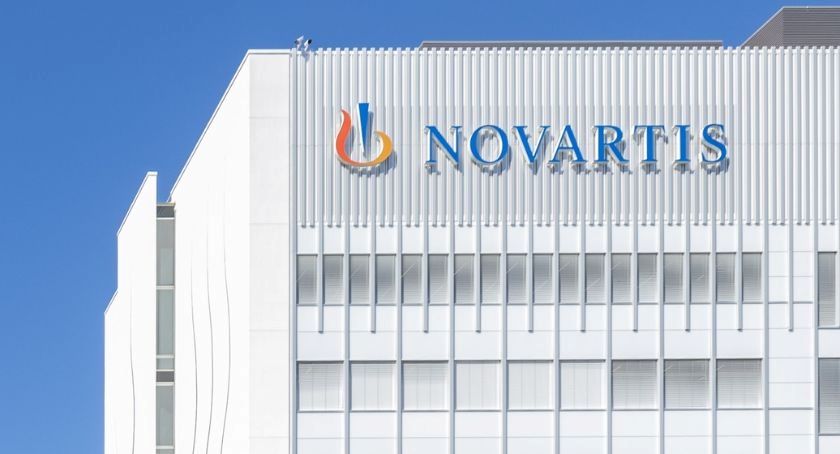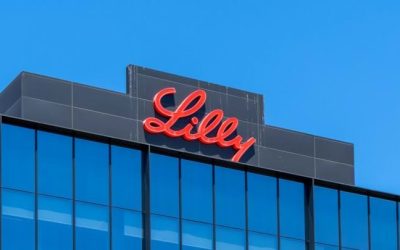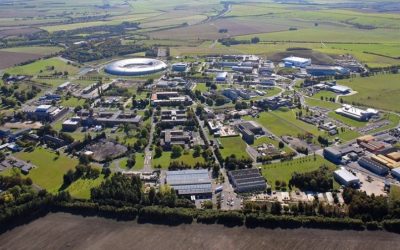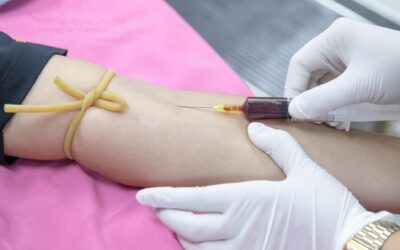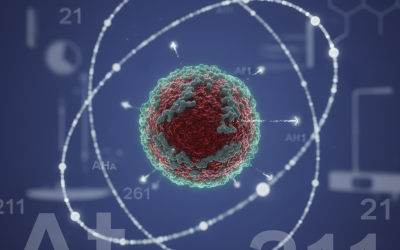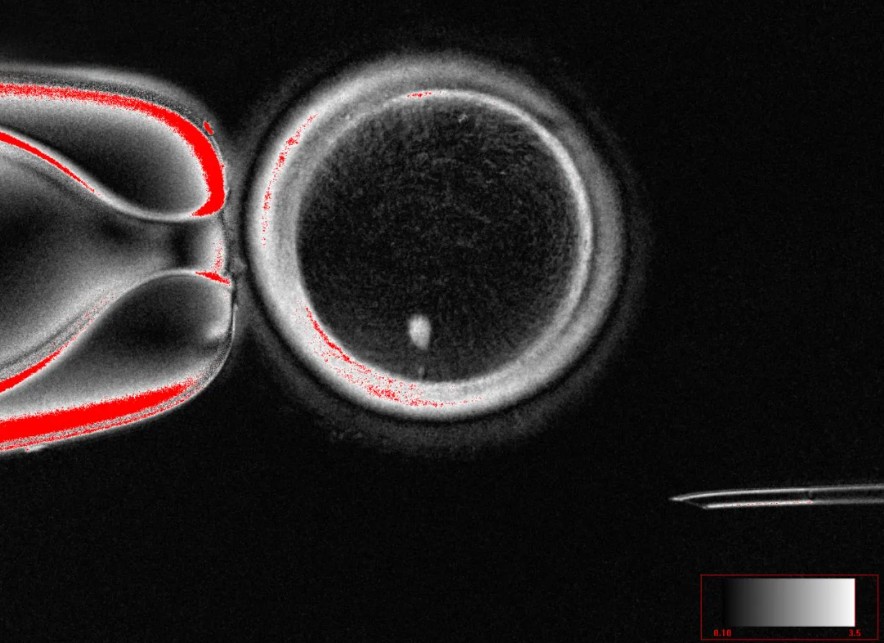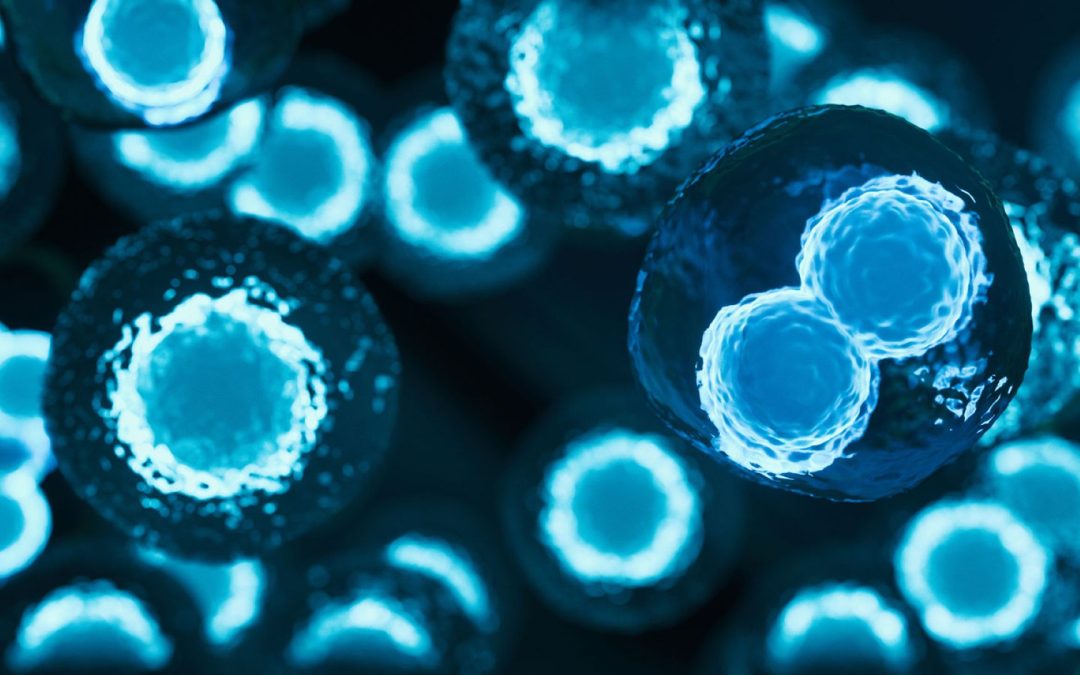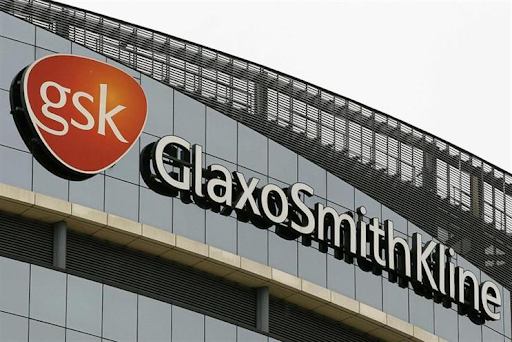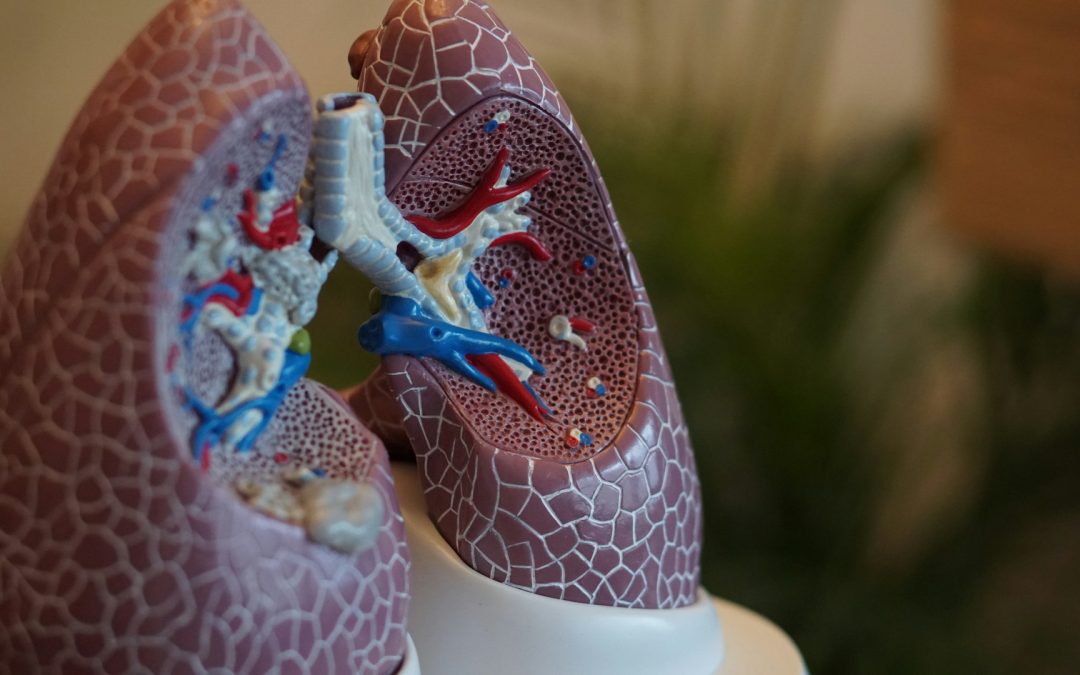Novartis ianalumab first drug to reduce disease activity and patient burden in Sjögren’s disease Phase III trials
- NEPTUNUS-1 and NEPTUNUS-2 achieved primary objective of reduced disease activity and provided clinically meaningful benefit1
- Data showed consistent improvements across secondary outcome measures, and a favorable safety profile1
- Novartis plans to submit to health authorities globally in early 2026
- If approved, ianalumab could become first targeted treatment for this heterogeneous, systemic autoimmune disease
Basel, October 29, 2025 – Novartis today presented new ianalumab data in Sjögren’s disease, the second most prevalent rheumatic autoimmune disease2, at a late-breaker presentation during the American College of Rheumatology Convergence congress1.
Ianalumab 300 mg monthly delivered a clinically meaningful benefit in the global NEPTUNUS-1 and NEPTUNUS-2 Phase III trials, showing both improvement in disease activity and reductions in patient burden1. Compared to placebo, ianalumab achieved a numerically greater reduction in disease activity by Week 16 with improvements sustained through Week 52 as measured by the EULAR Sjögren’s Syndrome Disease Activity Index (ESSDAI)1.
“Sjögren’s disease is a debilitating autoimmune condition affecting multiple organs causing a wide spectrum of symptoms such as dryness, fatigue, pain, and an increased risk of lymphoma – that together may create a substantial disease burden,” says Professor Xavier Mariette, Head of Department of Immuno-Rheumatology, Bicêtre Hospital, Assistance Publique – Hôpitaux de Paris, Paris-Saclay University, France. “The NEPTUNUS trials were the first Phase III studies in Sjögren’s in which a treatment significantly improved disease activity and demonstrated that ianalumab has the potential to provide a clinically meaningful benefit to patients.”
Ianalumab is a fully human monoclonal antibody with a novel dual mechanism of action that depletes B-cells and also inhibits their activation and survival via BAFF-R blockade3. B-cell dysfunction plays a significant role in Sjögren’s disease by causing an autoimmune response that leads to inflammation and tissue damage4-6.
“Today’s results reinforce our confidence that ianalumab has the potential to transform the treatment of this complex disease where no targeted medications currently exist,” said Shreeram Aradhye, M.D., President of Development and Chief Medical Officer at Novartis. “We look forward to working with health authorities globally to bring this innovation to people with Sjögren’s disease, the second most prevalent rheumatic autoimmune disease.”
NEPTUNUS study outcomes from 219 trial sites in 35 countries
The replicate NEPTUNUS trials showed statistically significant improvement in ESSDAI, the primary endpoint, at week 48 for ianalumab 300 mg monthly1. Numerical improvements were observed as early as Week 16, which were sustained throughout the study1.
Patients receiving ianalumab showed consistent numerical improvements in secondary outcome measures including:
- More patients with ESSDAI low disease activity1
- Improvement in Physician Global Assessment1
- Reduction in overall disease burden as early as Week 8 continuing to Week 52 as assessed by Patient Global Assessment1
- Numerical improvement in dryness, pain and fatigue as assessed by Sjögren’s Syndrome Symptom Diary and EULAR Sjögren’s Syndrome Patient Reported Index1
- Improvement of stimulated Salivary Flow (sSF) rate and oral dryness vs placebo in patients with sSF>0.4 mL/min at baseline, in a post-hoc analysis1
Ianalumab 300 mg monthly numerically improved physician- and patient-reported outcomes1. Nominal significance was observed in NEPTUNUS-1 and the pooled data set for PhGA and PaGA, as well as the number of patients achieving low disease activity based on ESSDAI in the pooled data set1. The pooled and individual patient-reported secondary outcomes did not reach statistical significance1.
The trial results showed favorable safety with an overall incidence of adverse events and serious adverse events comparable to placebo in both studies1.
About NEPTUNUS-1 and NEPTUNUS-2
The Phase III clinical trials, NEPTUNUS-1 and NEPTUNUS-2, are global, multicenter, pivotal studies evaluating the efficacy and safety of ianalumab in patients with Sjögren’s disease7,8. These trials were designed to provide comprehensive data on the potential of ianalumab as a targeted treatment for Sjögren’s disease, in patients with active extraglandular disease3,7,8.
NEPTUNUS-1 is a randomized, double-blind, 2-arm multicenter Phase III trial (N=275) designed to evaluate the clinical efficacy, safety, and tolerability of ianalumab 300 mg subcutaneous (s.c.) monthly compared with placebo for 52 weeks7. NEPTUNUS-2 is a randomized, double-blind, 3-arm multicenter Phase III trial (N=504) to evaluate the clinical efficacy, safety, and tolerability of ianalumab 300 mg s.c. monthly or every 3 months compared with placebo for up to 52 weeks8.
Patients currently enrolled in the trials have been given the opportunity to continue follow-up in these studies or enter a long-term extension trial that will continue to assess the long-term efficacy and safety of ianalumab9.
Ianalumab (VAY736) is also being investigated for its potential to treat other B-cell driven autoimmune diseases including immune thrombocytopenia (ITP), systemic lupus erythematosus (SLE), lupus nephritis (LN), warm autoimmune hemolytic anemia (wAIHA) and systemic sclerosis (SSc)3,10-14. Ianalumab originates from an early collaboration with MorphoSys AG, a company which Novartis acquired in 202415.
About Sjögren’s disease (previously called Sjögren’s syndrome)
Sjögren’s disease is a complex, systemic autoimmune disease that causes inflammation and tissue damage, impacting the entire body16. It primarily affects exocrine glands, leading to excessive dryness, with over 90% of patients experiencing dry eyes and dry mouth16,17. The disease is heterogenous and inflicts a wide range of symptoms, with patients most commonly experiencing dryness, fatigue and widespread pain, though 30-40% of patients will also show extraglandular organ involvement18,19. Extraglandular manifestation can be very diverse and can affect skin, musculoskeletal system, kidneys, lungs and other organs19. The risk of lymphoma is increased in patients with Sjögren’s18. Sjögren’s affects approximately 0.25% of the population with an estimated 50% undiagnosed 20-21. Sjögren’s is nine times more common in women than men16.

